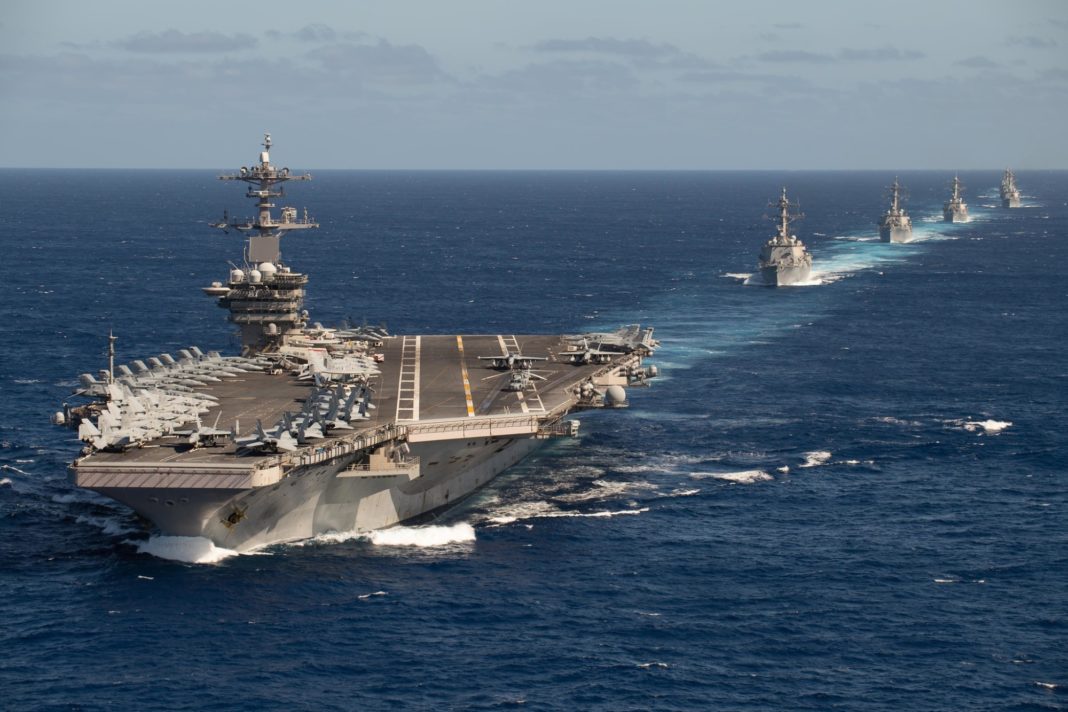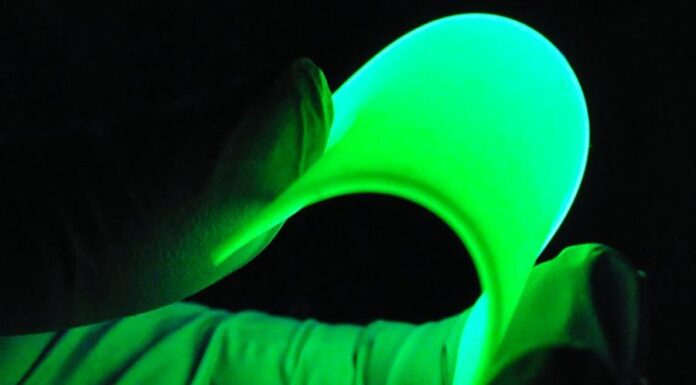One simple counter is superiority in the electromagnetic spectrum
Multiple precision-guided anti-ship missiles stream across the ocean, armed enemy drones circle the skies and swarms of radio-networked enemy small boats coordinate integrated surface attacks — all while enemy radar systems track and target U.S. Navy surface ships.
Such an attack scenario is increasingly realistic for U.S. Navy warfare strategists working on arming the surface fleet for massive blue-water combat. How might the Navy be equipped to respond to such a multi-pronged attack? Surely, this combination of attack strategies, designed to overwhelm and destroy ships’ defenses, could present serious problems for Navy Carrier Strike Groups.
One simple counter is.. superiority in the electromagnetic spectrum. “The warrior that controls the electromagnetic spectrum is likely to win the next fight,” Mike Meaney, vice president, Land and Maritime Sensors, Northrop Grumman, told Warrior in an interview.
The Navy and Northrop Grumman are now fast-tracking an advanced electronic warfare (EW) technology intended to simultaneously track, deceive, “jam” and derail multiple inbound weapons that may be using different frequencies. Electronic sensors guiding incoming missiles using GPS, inertial measurement units, radar and radio networks or even laser designation, could all collectively be thrown off course with a new, mature, multifunction networked EW technology now in production.
“We’re using the electromagnetic spectrum as a domain and as a means, and we understand and grasp it,” former Chief of Naval Operations Adm. John Greenert said in a Navy report several years ago. “We have to figure out how we can beat things electronically first. Why do we spend all this money kinetically if we can jam, spoof or do otherwise?”
How is the Navy enabling this multi-dimensional counter-attack strategy? Through an advanced EW system called the Surface Electronic Warfare Improvement Program (SEWIP) Block 3, for which Northrop Grumman is the prime contractor. The emerging Block 3 variant advances the technical features for EW by adding an advanced offensive electronic attack capability and a future capability to integrate Electronic Warfare with Information Operations (IO), among other things.
SEWIP B3 is an electronic attack weapon that is not limited to locating, jamming and disrupting inbound threats; it is also capable of conducting offensive operations against enemy communications networks, datalinks, radar systems or other electronic sources. SEWIP Block 3 is currently designed for installation on Navy DDG-51 Class Destroyers and is on track to be operational in the next few years, Northrop developers explain. Navy officials tell Warrior that the service’s new Frigate is also being engineered for configuration with advanced EW systems.
The SEWIP Block 3 EW system uses a collection of 16 Active Electronically Scanned Arrays, or AESA’s, to emit groups of targeted, individually separated “pencil” beams. “One advantage of an AESA is that it can generate pencil beams as opposed to a transmission of wide overlapping beams,” Meaney explained. “These pencil beams are narrow and specifically focused – allowing the system to put energy only where it is needed as the track progresses quickly “A future concept is to connect crucial intelligence gathering technology with EW attack and defense systems by synthesizing IO & EW. Part of this is accomplished through consistent continuous software upgrades and threat monitoring.
“The Block 3 system operates at machine speed for rapid engagement to help drive the missile to kill itself. It is agile and fully programmable so as threats change, we can evolve,” Meaney explained. Utilizing a number of integrated individual narrowly-configured EW beams brings a number of significant tactical advantages. Not only can the system track multiple threats simultaneously, but it can also help with targeting and limit own-ship ‘signature’ emissions.
“SEWIP confuses in bound anti-ship missiles to the point where they are ineffective; EW systems are special because they have an unlimited magazine to protect warfighters against in-coming, often sophisticated, threats,” Meaney said.
By transmitting a narrower signal, an EW weapon can greatly reduce its detectability and therefore be less likely to reveal its location. Naturally, the larger and wider spanning the electronic emission, the easier it is for enemies to detect. In effect, Meaney explained that the advanced SEWIP system enables Commanders to limit the adversary to “seeing what you want them to see.”
Also, as part of this strategy, SEWIP can “turn off” emissions and enter passive and silent mode, meaning it can detect enemy signals without emitting any signature.













![Hotstar Premium Cookies 2019 [*100% Working & Daily Updated*] Hotstar Premium Cookies 2019 [*100% Working & Daily Updated*]](https://tahav.com/wp-content/uploads/2019/11/Hotstar-Premium-Cookies-Free-100x70.jpg)



